 Technology peripherals
Technology peripherals AI
AI AI alchemy revolutionizes chemistry: MIT scholars use generative AI to generate new chemical reactions in six seconds
AI alchemy revolutionizes chemistry: MIT scholars use generative AI to generate new chemical reactions in six seconds
What needs to be rewritten is: Editor | Kaixia
Chemistry, starting from the ancient alchemy of "equivalent exchange", has always been a discipline that studies and controls the relationship between substances. Interacting disciplines. By continually unlocking and exploiting new chemical reactions, many new materials have been developed. These new materials not only bring convenience to people's lives, but also improve energy efficiency and promote sustainable development
A basic chemical reaction consists of reactants, transition states (TS), and products . Transition states are crucial 3D structures in chemistry and are widely used to understand chemical reaction mechanisms, estimate reaction energy barriers, and explore vast reaction networks. However, due to the extremely short time (femtosecond order) in which they exist during the reaction, it is almost impossible to isolate and characterize the transition state experimentally.
Rewritten content: Usually, people will use quantum chemical calculation methods to determine the transition state between known reactants and products by repeatedly solving the Schrödinger equation. However, this computational method is very expensive and notorious for its frequent failures. At the same time, this method is limited by personal experience, intuition and computational resources, and the chemical reactions that each person can explore are also limited. This limitation is particularly fatal when studying unknown complex reactions. It will cause researchers to ignore some potential reactions, thereby misjudging the reaction mechanism, thereby affecting the design of catalytic materials
In response to this problem, a group of researchers from the Massachusetts Institute of Technology (MIT) developed An alternative method based on machine learning was developed that can discover these structures in seconds. Their new model could assist chemists in exploring and designing new reactions and catalysts to generate useful products with high added value, such as fuel compounds or pharmaceuticals. In addition, the model is capable of simulating naturally occurring chemical reactions, such as those key to the evolution of life on early Earth.
Heather Kulik, professor of chemical engineering and chemistry at MIT, pointed out that understanding the specific structure of the transition state is very important for designing catalysts or understanding how natural systems perform certain transformations
Related research work is titled "Accurate "Transition state generation with an object-aware equivariant elementary reaction diffusion model" was published in the top international journal "Nature Computational Science".
Dr. Duan Chenru from MIT is the first author of the paper. Du Yuanqi, a doctoral student from Cornell University, Jia Haojun, a doctoral student from MIT, and Professor Heather Kulik from MIT are Co-author of the paper. Original link: [https://rdcu.be/dtGSF]

Please click the following link to view the paper: https://www.nature.com/articles/s43588- 023-00563-7
MIT News also reported on this research

Reporting link: https://news.mit. edu/2023/computational-model-captures-elusive-transition-states-1215
What needs to be rewritten is: Theoretical difficulties
Currently, chemists can Transition states are calculated using quantum chemical calculations based on density functional theory. However, this method requires a lot of computing resources, and it takes hours or even days to complete the calculation of a transition state
In order to solve the problem of long calculation time, some researchers have recently begun to try to use machine learning models to discover Transition state structure. However, almost all models developed to date require that the two reactants be modeled as a whole, with the reactants maintaining a specific geometric configuration relative to each other. Any other possible configuration will be mistaken by the machine learning model as a new reaction
Dr. Duan Chenru said that if the reactant molecules are rotated, in principle, they can still experience the same before and after rotation chemical reaction. Just like when we talk about electrolyzing water, we only say that water is converted into oxygen and hydrogen under specific conditions, without describing the relative geometric positions of these molecules. But in traditional machine learning methods, the model will treat the reactions of reactants and products at different geometric positions as two different reactions. This makes machine learning training more difficult and accuracy will decrease
The diffusion model is a generative model that has been widely used in image processing. Recently, diffusion models have also been used to generate 3D molecular and protein structures, protein-ligand docking and structure-based drug design. In these applications, diffusion models use 3D special Euclidean group (SE(3)) graph neural networks (GNNs) to preserve the alignment, translational and rotational symmetries of molecules. However, elementary reactions consist of reactants, transition states, and products and follow the "object-aware" SE(3) symmetry. This is because the interaction between the three objects in the elementary reaction is not carried out in the 3D Euclidean space, but is a causal connection on the higher-dimensional electronic potential energy surface. Therefore, the existing diffusion model based on SE(3) GNN may have problems due to the destruction of symmetry

Illustration: "Object Perception" SE(3) etc. Variation and its implementation based on SE(3) equivariant GNN. (Source: paper)
Solution
The MIT team developed a new method called "OA-ReactDiff" based on the above problems. The team adapted the SE(3) equivariant GNN to "object-aware" simulation, that is, maintaining the SE(3) equivariance of individual objects while maintaining their independent interactions in Euclidean space
Dr. Duan Chenru said that the diffusion model is part of the field of generative artificial intelligence, which captures the transformation process between simple distributions and complex distributions through random processes. Once the model learns the basic distribution of how these three structures coexist, we can give it new reactants and products and it will try to generate transition state structures that correspond to those reactants and products

Illustration: Overview of the Equivariant Diffusion Model (EDM) used to generate samples of molecular systems. (Source: paper)
In the study, researchers used quantum computing methods to obtain the structures of reactants, transition states and products of 9,000 different chemical reactions in the training set. And also tested about 1,000 previously unseen reactions, requiring the generation of 40 possible structures for each transition state
In the calculation process, a "recommendation model" was introduced to predict which transition The highest confidence level. On this basis, further combined with uncertainty estimates, the researchers only performed quantum chemical calculations on the 14% of reactions with the highest model uncertainty, successfully achieving an average absolute error of 2.6 kcal/mol. This allows for results within an order of magnitude error when estimating reaction rates at 300°C using OA-ReactDiff. Compared with the transition state structure obtained by quantum chemical calculations, the root mean square error (RMSD) of the structure generated by OA-ReactDiff is in the range of 0.06 Angstroms (6 thousandths of a nanometer), an error magnitude that is almost indistinguishable to the naked eye
What is even more gratifying is that OA-ReactDiff only takes 6 seconds to generate a transition state structure, which is at least 1000 times faster than quantum chemical calculations. As a result, the algorithm successfully achieves extremely high accuracy and rapidity in calculating TS structures and reaction energy barriers.

Illustration: Evaluating the structural similarity between the TS structure generated by OA-ReactDiff and the real TS structure. (Source: paper)
Professor Kulik also lamented, "It was difficult for us to imagine that thousands of transition states can be generated in one thought."

The content that needs to be rewritten is: Illustration: OA-ReactDiff plus recommends the energy performance of the TS structure. (Source: Paper)
Future expectations are expectations and hopes for the future. It is a person's vision for his or her future development and growth. Everyone has their own future expectations, which can be to achieve personal goals, pursue career success, build a happy family, or make positive contributions to society, etc. No matter what the future expectations are, it is the motivation and direction for people to work hard. Through hard work and persistence, we can gradually realize our future expectations and make our lives better and more fulfilling
What needs to be rewritten is: This research is the first to use 3D in chemical reactions Diffusion model. The significance of this work cannot be ignored, although the researchers only studied compounds with smaller numbers of atoms (
Professor Kulik pointed out: "Even when faced with larger systems or even enzyme-catalyzed systems, it is still possible to obtain different ways in which the atoms are most likely to rearrange."
The researchers now plan to extend their model by adding other components, such as catalysts. Leveraging the randomness of generative AI, OA-ReactDiff can explore unexpected chemical reactions. This feature complements the existing chemistry-based intuitive reaction exploration framework, helps establish a more complete chemical reaction network, and assists in the research and development of new catalytic materials. Research in this area can help them accelerate the discovery of new catalysts for specific reactions. Additionally, their proposed algorithm could be useful for developing new processes for drugs, fuels, or other useful compounds, especially when the synthesis involves many chemical steps.
Dr. Duan Chenru pointed out that in the past, all these calculations were performed using quantum chemistry methods, but now we can replace quantum chemistry with faster generation models
The researchers also pointed out that chemical reactions It is the core of chemical research. In addition to catalyst design that is biased toward industrial applications, OA-ReactDiff also has many interesting potential applications, such as exploring gas interactions that may occur on other planets, simulating reaction processes during the evolution of early life on Earth, etc.
The above is the detailed content of AI alchemy revolutionizes chemistry: MIT scholars use generative AI to generate new chemical reactions in six seconds. For more information, please follow other related articles on the PHP Chinese website!
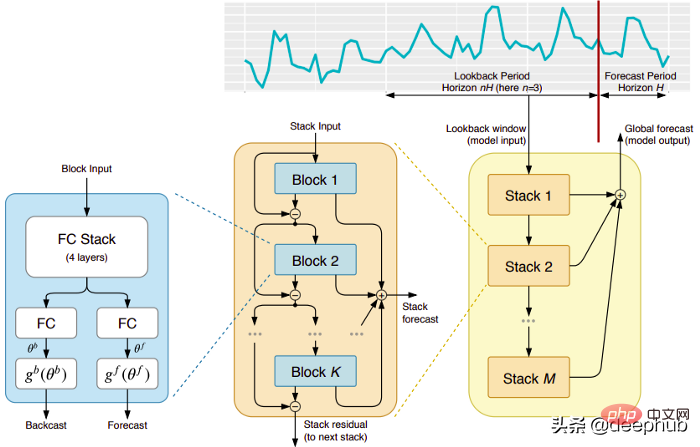 五个时间序列预测的深度学习模型对比总结May 05, 2023 pm 05:16 PM
五个时间序列预测的深度学习模型对比总结May 05, 2023 pm 05:16 PMMakridakisM-Competitions系列(分别称为M4和M5)分别在2018年和2020年举办(M6也在今年举办了)。对于那些不了解的人来说,m系列得比赛可以被认为是时间序列生态系统的一种现有状态的总结,为当前得预测的理论和实践提供了经验和客观的证据。2018年M4的结果表明,纯粹的“ML”方法在很大程度上胜过传统的统计方法,这在当时是出乎意料的。在两年后的M5[1]中,最的高分是仅具有“ML”方法。并且所有前50名基本上都是基于ML的(大部分是树型模型)。这场比赛看到了LightG
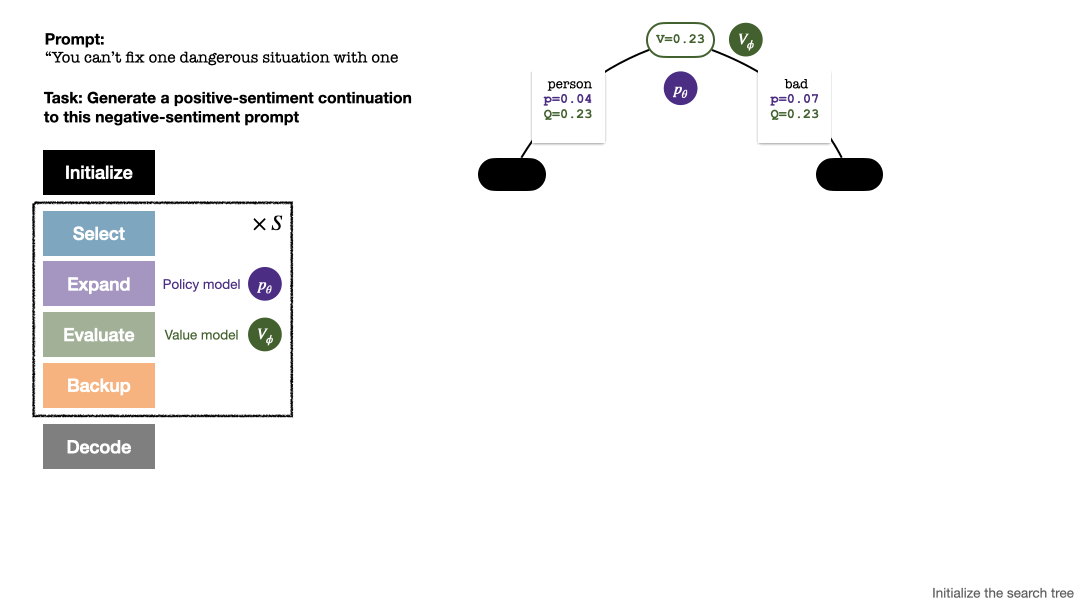 RLHF与AlphaGo核心技术强强联合,UW/Meta让文本生成能力再上新台阶Oct 27, 2023 pm 03:13 PM
RLHF与AlphaGo核心技术强强联合,UW/Meta让文本生成能力再上新台阶Oct 27, 2023 pm 03:13 PM在一项最新的研究中,来自UW和Meta的研究者提出了一种新的解码算法,将AlphaGo采用的蒙特卡洛树搜索算法(Monte-CarloTreeSearch,MCTS)应用到经过近端策略优化(ProximalPolicyOptimization,PPO)训练的RLHF语言模型上,大幅提高了模型生成文本的质量。PPO-MCTS算法通过探索与评估若干条候选序列,搜索到更优的解码策略。通过PPO-MCTS生成的文本能更好满足任务要求。论文链接:https://arxiv.org/pdf/2309.150
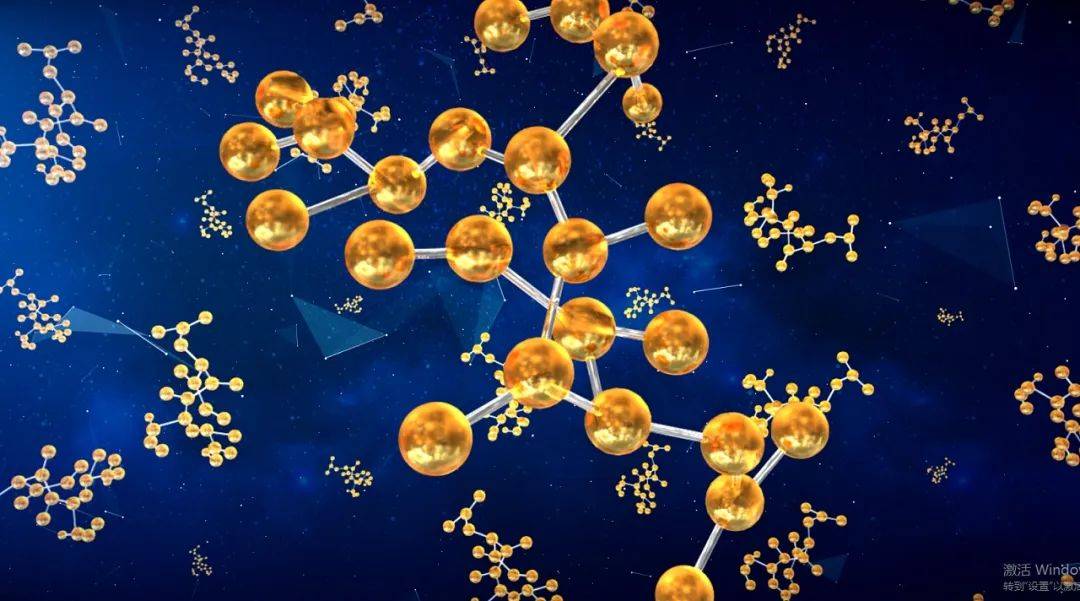 MIT团队运用机器学习闭环自主分子发现平台,成功发现、合成和描述了303种新分子Jan 04, 2024 pm 05:38 PM
MIT团队运用机器学习闭环自主分子发现平台,成功发现、合成和描述了303种新分子Jan 04, 2024 pm 05:38 PM编辑|X传统意义上,发现所需特性的分子过程一直是由手动实验、化学家的直觉以及对机制和第一原理的理解推动的。随着化学家越来越多地使用自动化设备和预测合成算法,自主研究设备越来越接近实现。近日,来自MIT的研究人员开发了由集成机器学习工具驱动的闭环自主分子发现平台,以加速具有所需特性的分子的设计。无需手动实验即可探索化学空间并利用已知的化学结构。在两个案例研究中,该平台尝试了3000多个反应,其中1000多个产生了预测的反应产物,提出、合成并表征了303种未报道的染料样分子。该研究以《Autonom
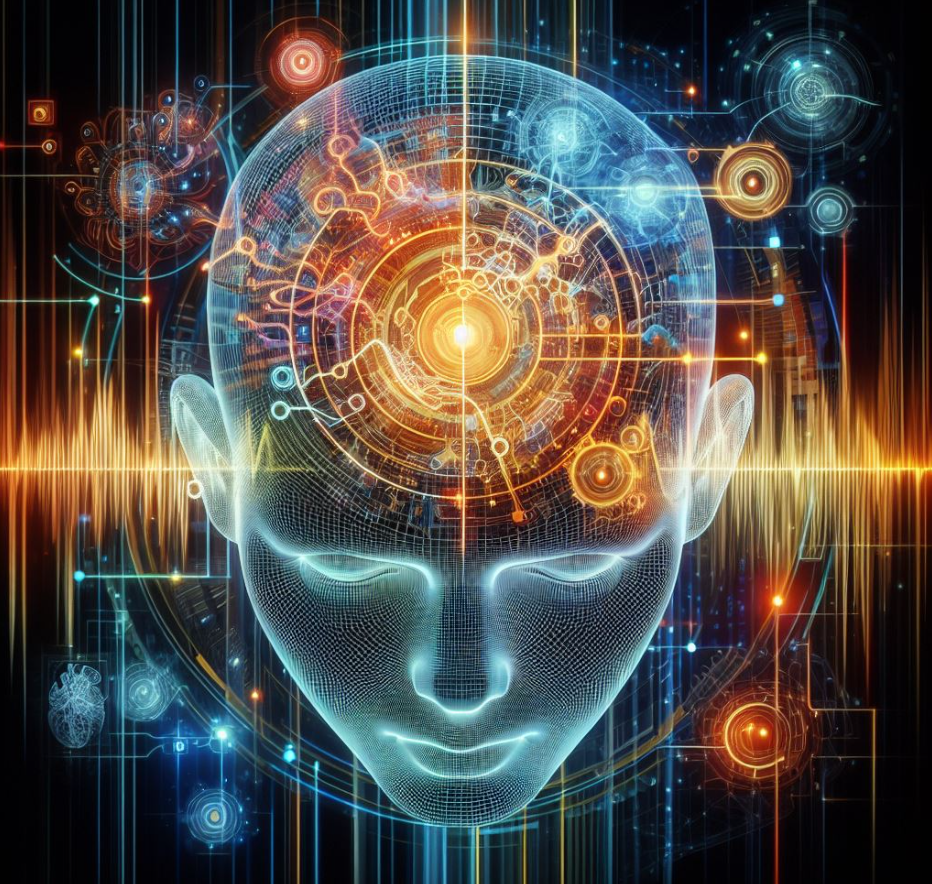 AI助力脑机接口研究,纽约大学突破性神经语音解码技术,登Nature子刊Apr 17, 2024 am 08:40 AM
AI助力脑机接口研究,纽约大学突破性神经语音解码技术,登Nature子刊Apr 17, 2024 am 08:40 AM作者|陈旭鹏编辑|ScienceAI由于神经系统的缺陷导致的失语会导致严重的生活障碍,它可能会限制人们的职业和社交生活。近年来,深度学习和脑机接口(BCI)技术的飞速发展为开发能够帮助失语者沟通的神经语音假肢提供了可行性。然而,神经信号的语音解码面临挑战。近日,约旦大学VideoLab和FlinkerLab的研究者开发了一个新型的可微分语音合成器,可以利用一个轻型的卷积神经网络将语音编码为一系列可解释的语音参数(例如音高、响度、共振峰频率等),并通过可微分神经网络将这些参数合成为语音。这个合成器
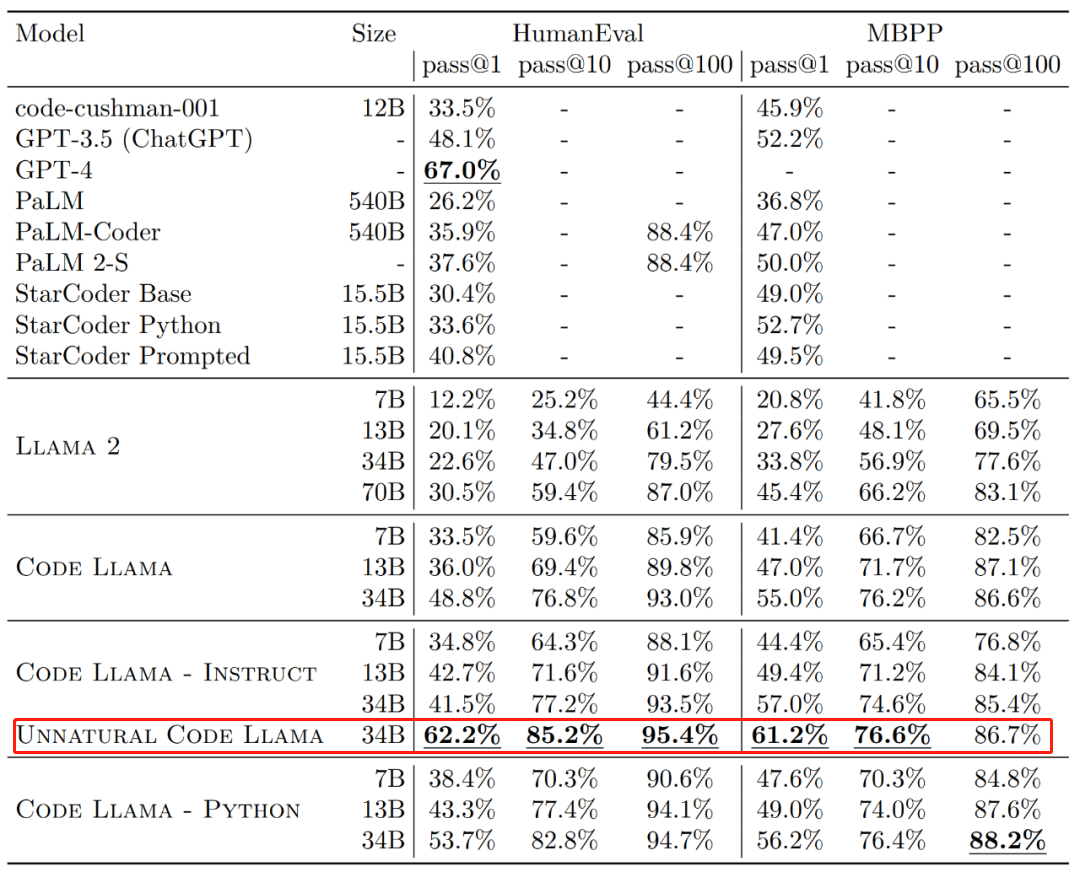 Code Llama代码能力飙升,微调版HumanEval得分超越GPT-4,一天发布Aug 26, 2023 pm 09:01 PM
Code Llama代码能力飙升,微调版HumanEval得分超越GPT-4,一天发布Aug 26, 2023 pm 09:01 PM昨天,Meta开源专攻代码生成的基础模型CodeLlama,可免费用于研究以及商用目的。CodeLlama系列模型有三个参数版本,参数量分别为7B、13B和34B。并且支持多种编程语言,包括Python、C++、Java、PHP、Typescript(Javascript)、C#和Bash。Meta提供的CodeLlama版本包括:代码Llama,基础代码模型;代码羊-Python,Python微调版本;代码Llama-Instruct,自然语言指令微调版就其效果来说,CodeLlama的不同版
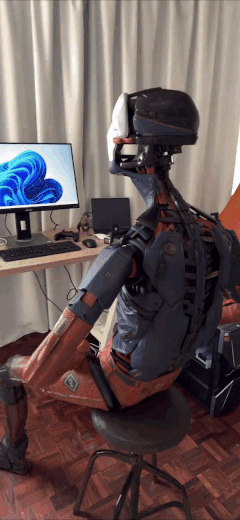 手机摄影技术让以假乱真的好莱坞级电影特效视频走红Sep 07, 2023 am 09:41 AM
手机摄影技术让以假乱真的好莱坞级电影特效视频走红Sep 07, 2023 am 09:41 AM一个普通人用一台手机就能制作电影特效的时代已经来了。最近,一个名叫Simulon的3D技术公司发布了一系列特效视频,视频中的3D机器人与环境无缝融合,而且光影效果非常自然。呈现这些效果的APP也叫Simulon,它能让使用者通过手机摄像头的实时拍摄,直接渲染出CGI(计算机生成图像)特效,就跟打开美颜相机拍摄一样。在具体操作中,你要先上传一个3D模型(比如图中的机器人)。Simulon会将这个模型放置到你拍摄的现实世界中,并使用准确的照明、阴影和反射效果来渲染它们。整个过程不需要相机解算、HDR
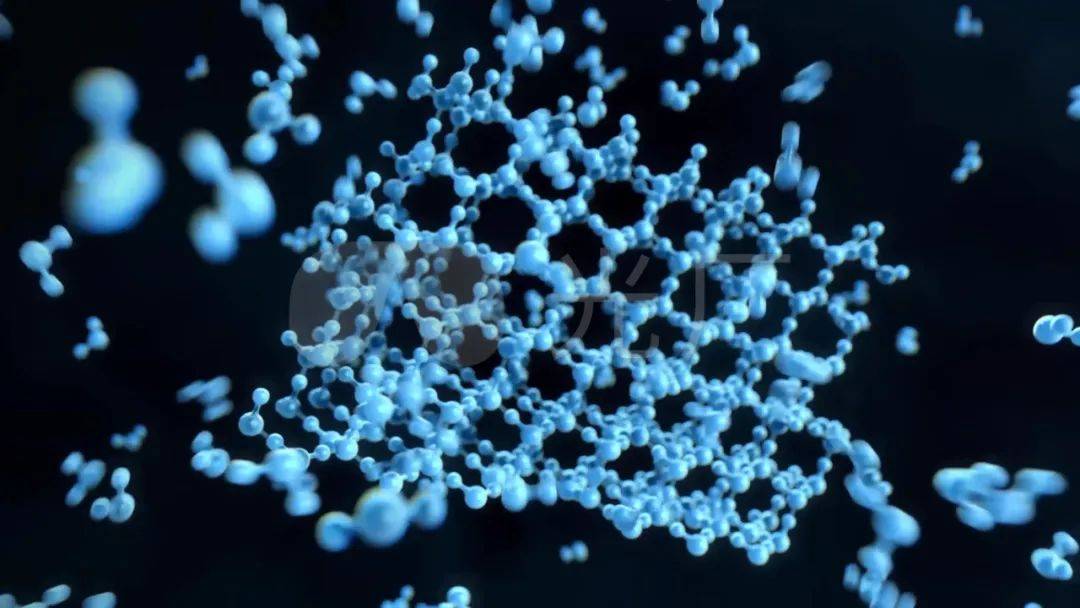 准确率 >98%,基于电子密度的 GPT 用于化学研究,登 Nature 子刊Mar 27, 2024 pm 02:16 PM
准确率 >98%,基于电子密度的 GPT 用于化学研究,登 Nature 子刊Mar 27, 2024 pm 02:16 PM编辑|紫罗可合成分子的化学空间是非常广阔的。有效地探索这个领域需要依赖计算筛选技术,比如深度学习,以便快速地发现各种有趣的化合物。将分子结构转换为数字表示形式,并开发相应算法生成新的分子结构是进行化学发现的关键。最近,英国格拉斯哥大学的研究团队提出了一种基于电子密度训练的机器学习模型,用于生成主客体binders。这种模型能够以简化分子线性输入规范(SMILES)格式读取数据,准确率高达98%,从而实现对分子在二维空间的全面描述。通过变分自编码器生成主客体系统的电子密度和静电势的三维表示,然后通
 谷歌用大型模型训练机器狗理解模糊指令,激动不已准备去野餐Jan 16, 2024 am 11:24 AM
谷歌用大型模型训练机器狗理解模糊指令,激动不已准备去野餐Jan 16, 2024 am 11:24 AM人类和四足机器人之间简单有效的交互是创造能干的智能助理机器人的途径,其昭示着这样一个未来:技术以超乎我们想象的方式改善我们的生活。对于这样的人类-机器人交互系统,关键是让四足机器人有能力响应自然语言指令。近来大型语言模型(LLM)发展迅速,已经展现出了执行高层规划的潜力。然而,对LLM来说,理解低层指令依然很难,比如关节角度目标或电机扭矩,尤其是对于本身就不稳定、必需高频控制信号的足式机器人。因此,大多数现有工作都会假设已为LLM提供了决定机器人行为的高层API,而这就从根本上限制了系统的表现能


Hot AI Tools

Undresser.AI Undress
AI-powered app for creating realistic nude photos

AI Clothes Remover
Online AI tool for removing clothes from photos.

Undress AI Tool
Undress images for free

Clothoff.io
AI clothes remover

AI Hentai Generator
Generate AI Hentai for free.

Hot Article

Hot Tools

EditPlus Chinese cracked version
Small size, syntax highlighting, does not support code prompt function

Safe Exam Browser
Safe Exam Browser is a secure browser environment for taking online exams securely. This software turns any computer into a secure workstation. It controls access to any utility and prevents students from using unauthorized resources.

Dreamweaver CS6
Visual web development tools

SublimeText3 Linux new version
SublimeText3 Linux latest version

mPDF
mPDF is a PHP library that can generate PDF files from UTF-8 encoded HTML. The original author, Ian Back, wrote mPDF to output PDF files "on the fly" from his website and handle different languages. It is slower than original scripts like HTML2FPDF and produces larger files when using Unicode fonts, but supports CSS styles etc. and has a lot of enhancements. Supports almost all languages, including RTL (Arabic and Hebrew) and CJK (Chinese, Japanese and Korean). Supports nested block-level elements (such as P, DIV),





